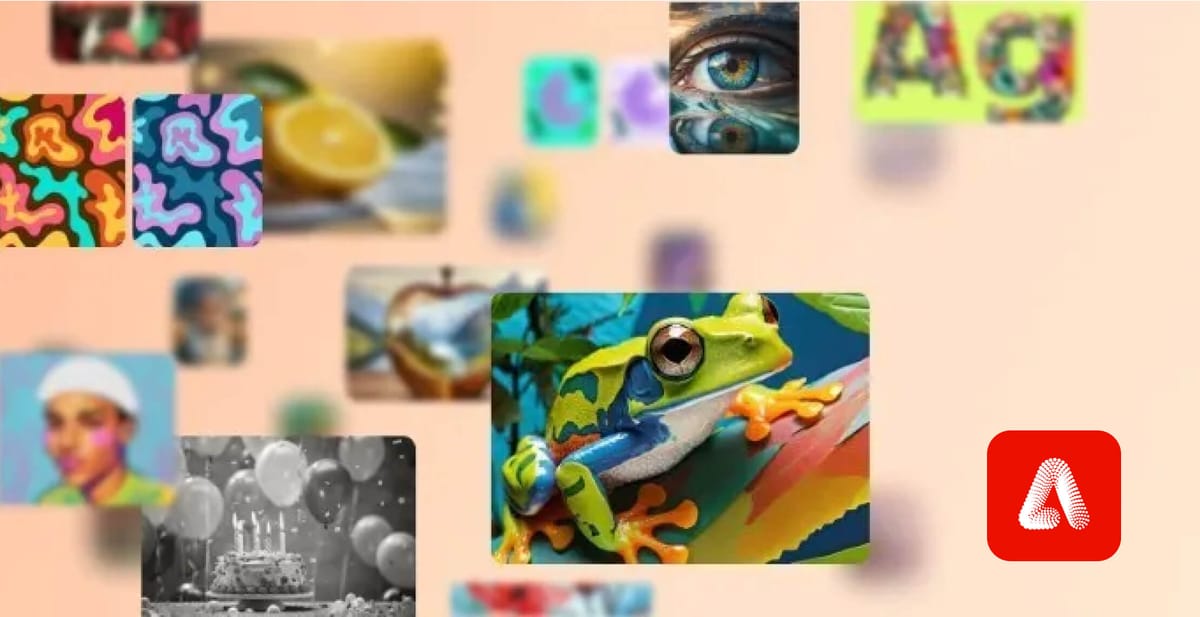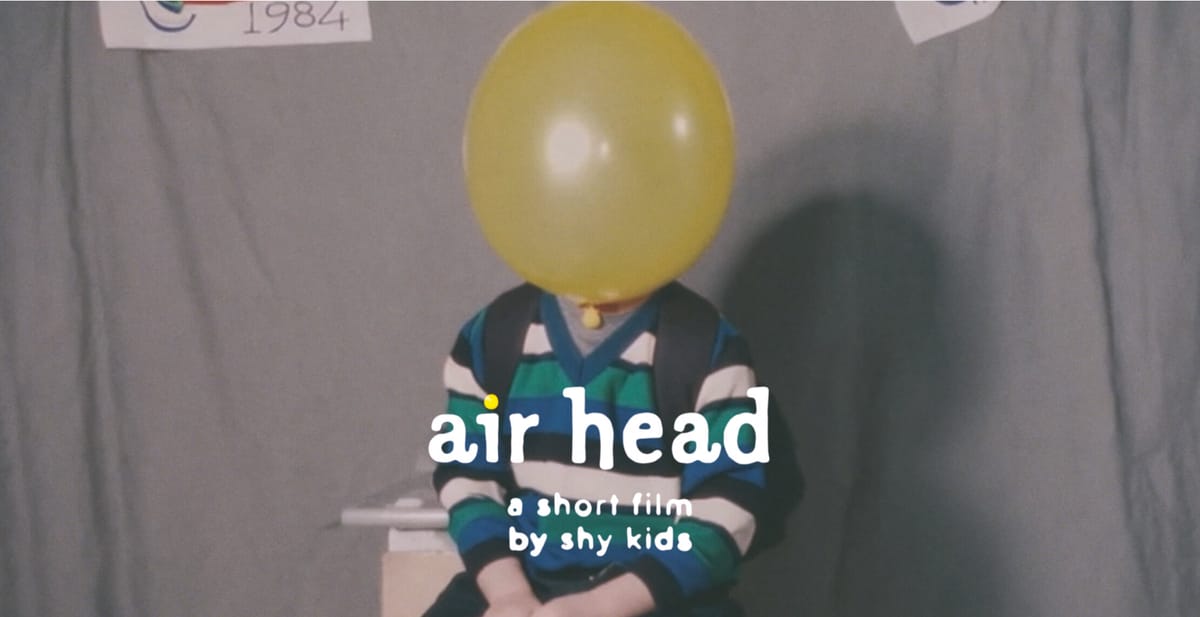
Adobe is offering photographers and artists in its network $3 per minute for videos to train its upcoming AI text-to-video generator. As the demand for AI-driven content creation grows, Adobe is hoping to enhance its existing generative AI features and introduce new capabilities to its Firefly family of models.
According to documents reviewed by Bloomberg, Adobe is offering $120 to content creators for submitting videos depicting everyday actions and emotions, such as walking, joy, and anger. The company's goal is to source assets for AI training, with a focus on building a robust text-to-video generator. The move comes as a response to the increasing competitive pressure from OpenAI's viral video-generation model, Sora.

Adobe has distinguished itself from its competitors by relying on its extensive library of stock media and public domain content to train its models. When the stock library falls short, Adobe directly procures images from contributors. The company is requesting more than 100 short clips of people interacting with objects, displaying emotions, and showcasing simple body parts like feet, hands or eyes.According to Bloomberg, "pay for the submission works out, on average, to about $2.62 per minute of submitted video, although it could be as much as about $7.25 per minute".
Alexandru Costin, Adobe's vice president of generative AI, emphasized the company's commitment to developing high-quality AI models that meet the expectations of professional customers. "We're working on both text-to-vector video generation and video editing in our tools," Costin said in an interview with Quartz earlier this month. He emphasized that even with the advent of AI-generated videos, creators will still need editing tools like Adobe Premiere and Express.
Adobe's strategy comes with its own set of challenges. Ensuring the quality and authenticity of procured videos may prove difficult, as the scale of content required for AI training is immense. The company has cautioned contributors against providing copyrighted material, nudity, or other offensive content. Additionally, there are concerns about the potential impact on artists' jobs as they are also unlikely to receive additional licensing revenue or royalties.
Despite these challenges, Adobe remains optimistic about the future of AI in the creative industry. By collaborating with content creators and investing in the development of advanced AI tools, the company hopes to empower artists and filmmakers to push the boundaries of their craft.


